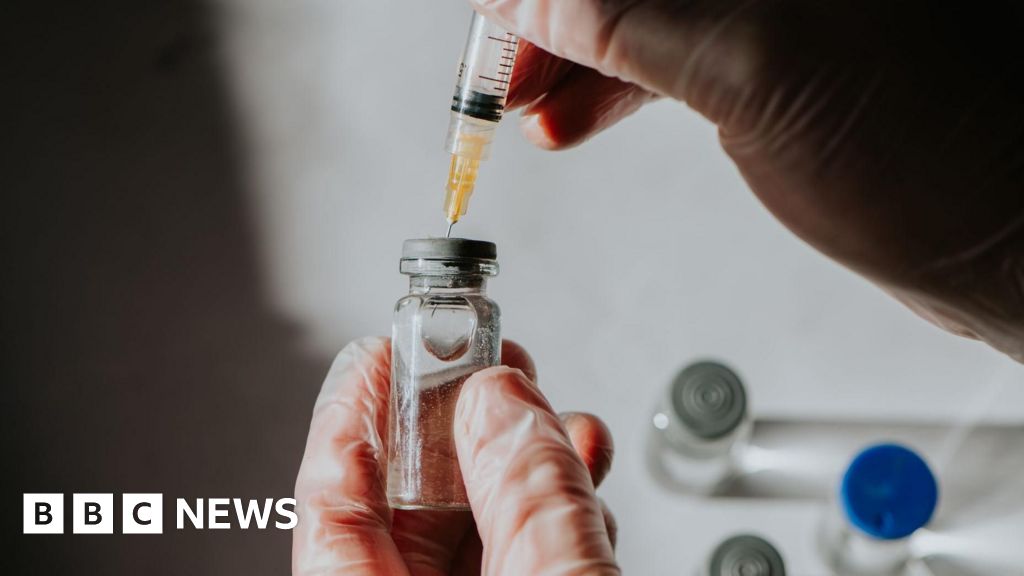James GallagherHealth and science correspondent
 Getty Images
Getty ImagesFlu strikes every winter, but something seems to be different this year.
A seasonal flu virus suddenly mutated in the summer; it appears to evade some of our immunity; has kick-started a…

James GallagherHealth and science correspondent
 Getty Images
Getty ImagesFlu strikes every winter, but something seems to be different this year.
A seasonal flu virus suddenly mutated in the summer; it appears to evade some of our immunity; has kick-started a…

Photo: Michael Tullberg/Getty Images
It’s a KPop Demon Hunters world, and we’re just living in…

 Getty Images
Getty ImagesAn injection to prevent HIV being offered in Great Britain will also be rolled out in Northern Ireland, it has been confirmed.
The long-acting cabotegravir (CAB-LA) jab, which is administered every two months, is an alternative to HIV…

In all the years that video games have been a popular form of entertainment, there have been debates and discourse about various aspects of it. Different people take stands to support or represent their favorite games and brands that they enjoy,…

The eternal paradox with passwords is that while we’re constantly being pushed to create original and complex passwords for every app we use and every website we visit, those passwords become useless when we can’t remember them. Yes, a login…

Chelsea ended Saturday sitting second in the Premier League table.
The Blues have played one game more than Manchester City, Liverpool and Bournemouth, who all play on Sunday, but a win before the international break leaves a positive feeling…

“In our view at Razer, AI is going to completely disrupt everything, or change everything in gaming,” Tan recently told CNBC’s “Beyond the Valley” podcast.
Tan further explained the impact of AI in an interview with CNBC’s Arjun Kharpal at…

Tad Boyle‘s Buffs improved to 2-0 with the win, while the Eagles dropped to 0-3.
The…

Is your phone now at risk?
AFP via Getty Images
Sometimes timing really is everything. Within just a few days, we have had confirmation of the spyware attack on Samsung phones that triggered an emergency update earlier this year, and a warning that…

The Sarah Snook-led Peacock thriller All Her Fault quickly drops viewers into a parent’s nightmare, kicking off with a mother discovering that her 5-year-old child is missing.
Though the search for this child drives the plot, the…